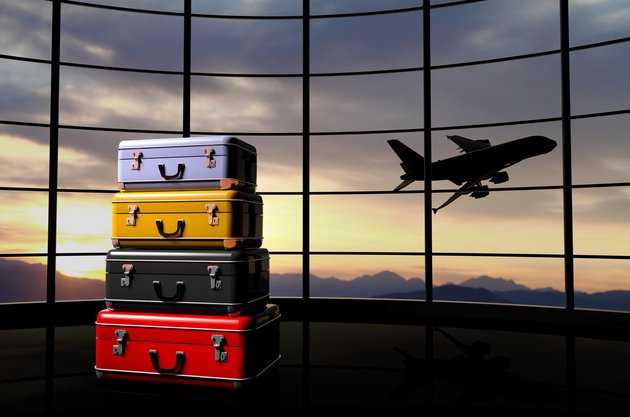
Airlines are increasingly finding creative, new ways to upsell at just the right time and are taking a closer look at a range of different factors.
Earlier this year, jetBlue advised that a unique new merchandising strategy was driving more sales. The airline reported that customers’ response rate on flight promotions to warm destinations last winter was much higher when the temperature at the customer’s city fell below a certain level.
Bringing such external factors (temperature) into travel marketing is a new opportunity for airlines. We have often talked about ‘personalisation’ but have generally focused on how an individual responds to different promotions. Questions that arise include: Does he normally check a bag? Does he frequently search for travel to Las Vegas? Is he part of the loyalty programme?
On this score, jetBlue is noting that various external factors can impact an individual’s response.
We all know how external events drive demand – where the World Cup is played, what is the Hollywood Bowl concert schedule this summer. As jetBlue’s success demonstrates, potentially more subtle externalities offer another opportunity. These can include everything from weather (temperature, as jetBlue found, or precipitation or snowfall – both at the customer’s location and at a target destination) to time-of-day or day-of-week, news or media coverage, hotel, car rental or event prices, and other factors.
Effective merchandising requires the right offer at the right time. This is often framed on a calendar basis – travellers begin thinking about Christmas travel in October. But jetBlue suggests that certain environmental data or other external data can also impact ‘the right time’ for a marketing campaign.
5 potential opportunities
1. Weather. JetBlue found that colder temperatures, presumably in Boston and New York where most of their customers live, drove higher response to warm weather (Florida, Caribbean) promotions.
Read rest of the article at Eye for Travel




